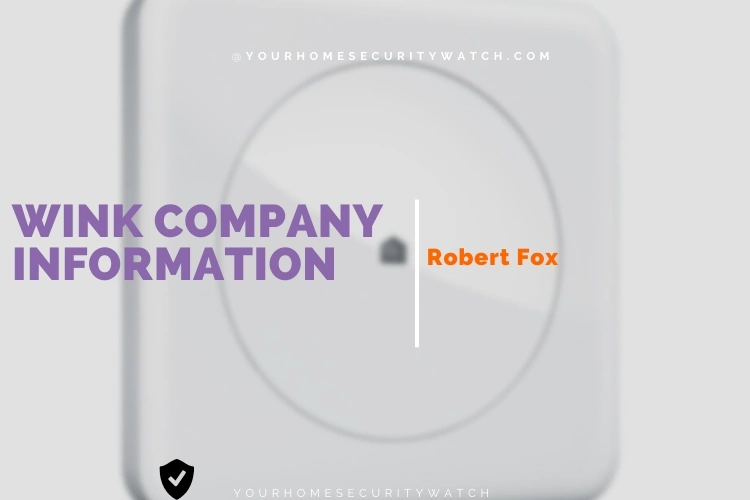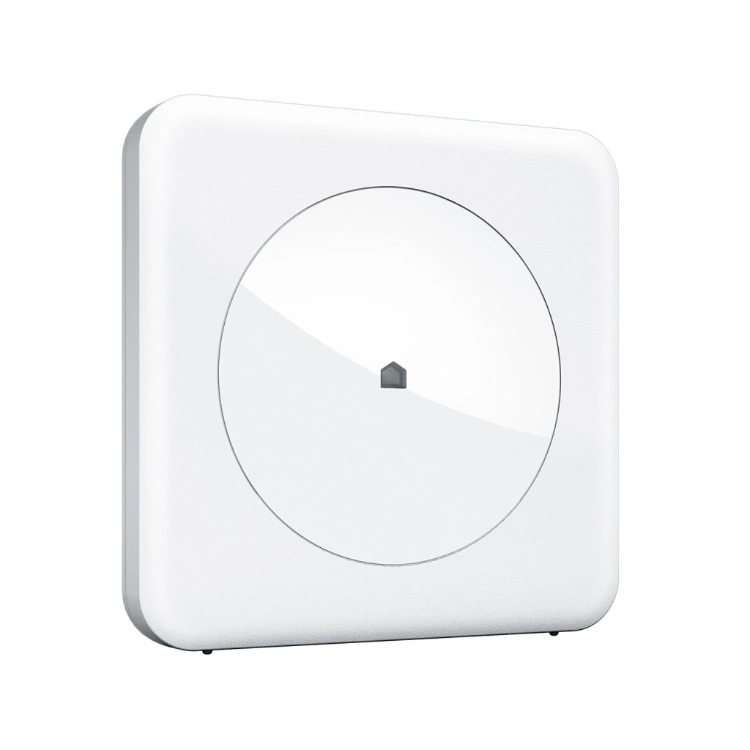Wink Company Information
by Robert Fox
Launched in 2014, Wink is a software and hardware platform with a focus on smart home applications. As with many tech start ups these days, Wink began with a dream and some help from crowd-funding from their parent company, Quirky, a tech incubator.
Contents
Here's a quick video to introduce you to Wink and some of its functions.

Wink History - Continued…
Quirky once was Wink's parent, but no longer. Wink actually has roots in the General Electric company, and received an initial financial boost of $20 million in funding. Ultimately, Wink was purchased from Quirky by Flex in 2015, and by 2016, Wink is now connected to a upwards of one million smart devices.

Growing Pains
In the short time its been around, Wink has experienced a few growing pains along the way. In 2015, it was reported by Quirky that Wink was operating in 300 000 homes, when suddenly a security issue caused Wink Hubs to go offline or otherwise cease functioning. It was a disaster at the time, and a recall was put in effect. For the Wink hub, this event not bode well for its future with Quirky. For months, the Wink hub was in short supply as it essentially was taken off the market. So, what ended up happening is that Flextronics (shortened to Flex) came along and picked up the Wink platform for a cool $15 million dollars.
According to the deal they struck, Wink was able to operate independently within Flex, although Flex supplies the firmware as well as the hardware. All the kinks have been ironed out, and this brings us to where we are today, with over 1.3 devices connected to the Wink platform and going strong.
What Does The Wink Platform Do?
Wink is a paid smart home service, allowing customers to use such devices as smart thermostats and lights, using a single mobile app, or using their wall-mounted screen, dubbed "Relay". Now, while the Wink app itself is free, customers must pay a monthly fee for Wink Hub and Relay, as these are what provide the functionality of all the smart devices in the home.
As with all smart home platforms, the focus becomes usability (ease of use), and compatibility with smart devices. Depending on the popularity of the platform, manufacturers decide which platforms they want their device to work with. In the case of Wink, the popular Canary home security brand is one such brand that works well with Wink, and there are more besides. In 2016, Wink increased their umbrella to include such brands as Uber, IFTTT, and Fitbit, which were added to Wink's Relay system.
Also, in 2016 February, Wink made it possible to have their system work on a local network, which means that when the customer's internet is offline, Wink is still functioning perfectly well. Wink is a company on the upswing, and more products and functionality is being added every day.
Below is a video showing how to install the Wink Hub, and fully automate your home.
Wink Or SmartThings?
One smart home-driven brand that comes up often in the same breath as Wink is SmartThings, as both operate on a similar platform and perform many of the same tasks. The difference, according to sources like CNET, is that SmartThings is currently geared at an audience who is more into tech, whereas Wink is a better all around smart home system, and is aimed at the average consumer.
The bottom line is that Wink, as of 2016, is a great platform for anyone who is interested is entering the world of smart home systems.
More from my site
 |
 |
 |
 |

About Robert Fox
Rob Fox is a former hydro worker who used to teach self defence in Miami for 10 years. He's currently enjoying his retirement, playing cribbage and golf with his buddies, locksmithing and home security in his spare time. Rob is an avid reader, and has even written a few books on the subject of self defence.
Thoughts on "Wink Company Information"
 |
 |
 |
 |
You can Get FREE Gifts. Furthermore, Free Items here. Disable Ad Blocker to receive them all.
Once done, hit anything below
 |
 |
 |
 |